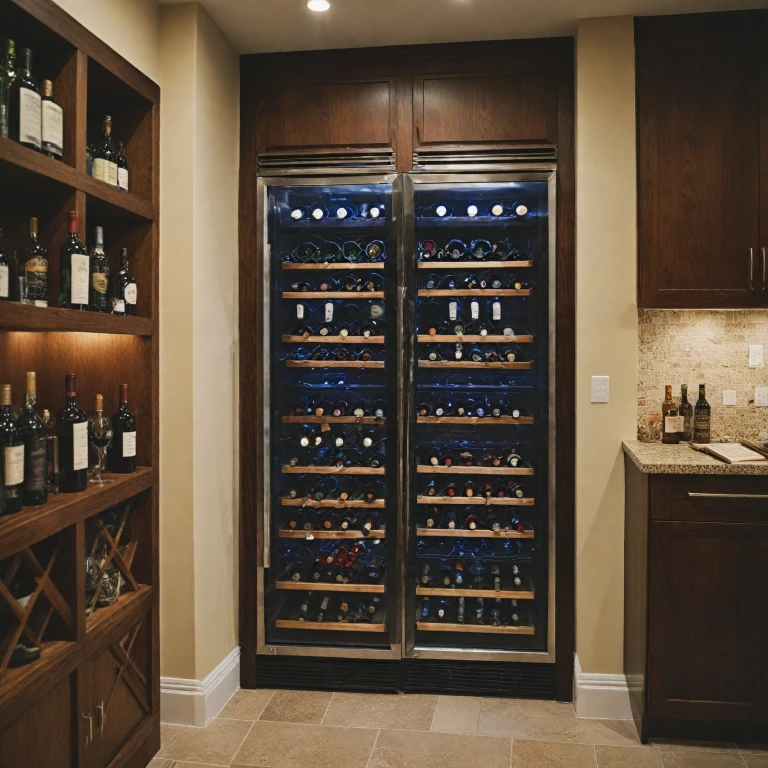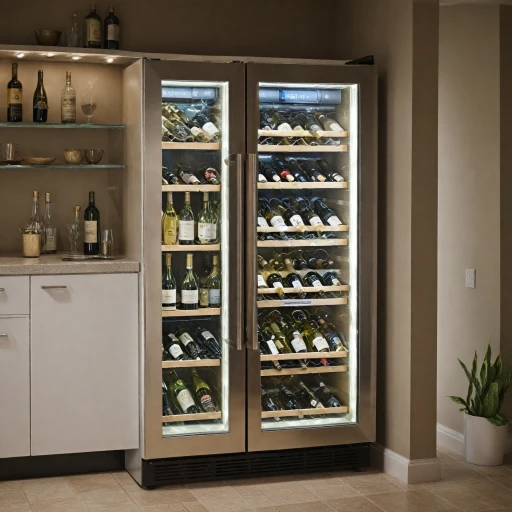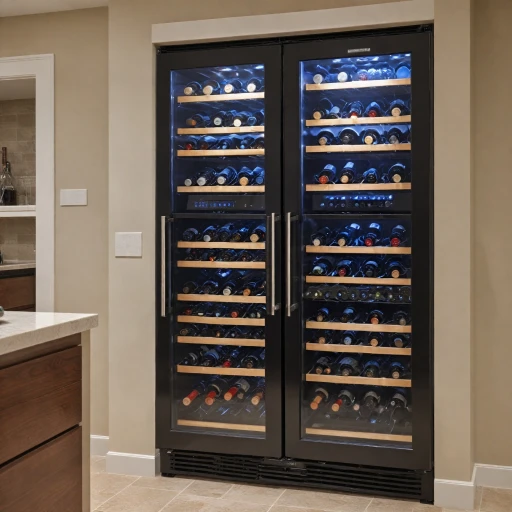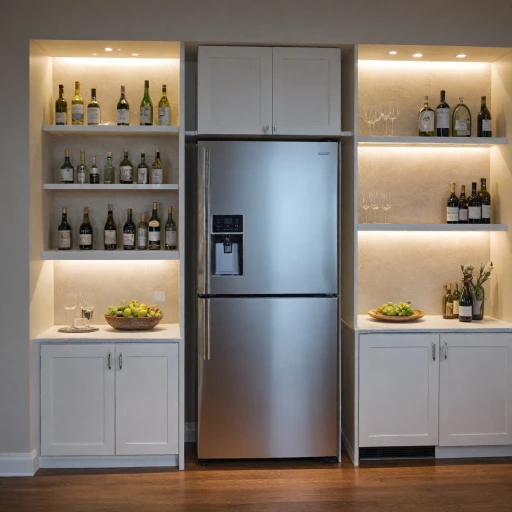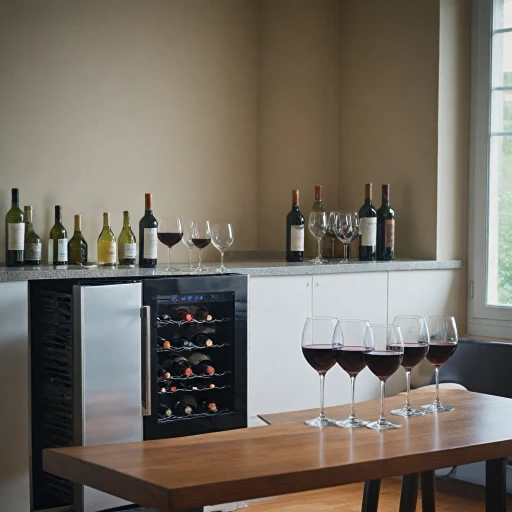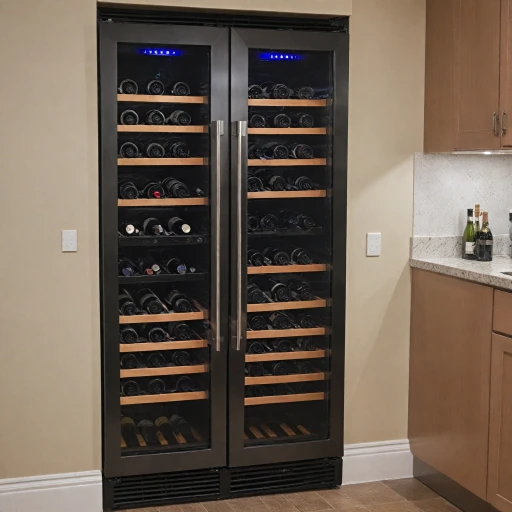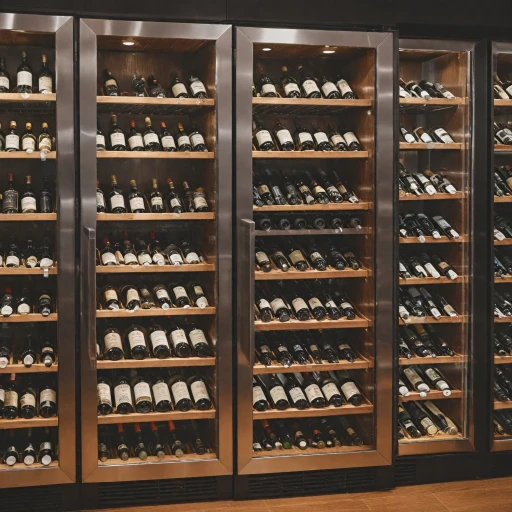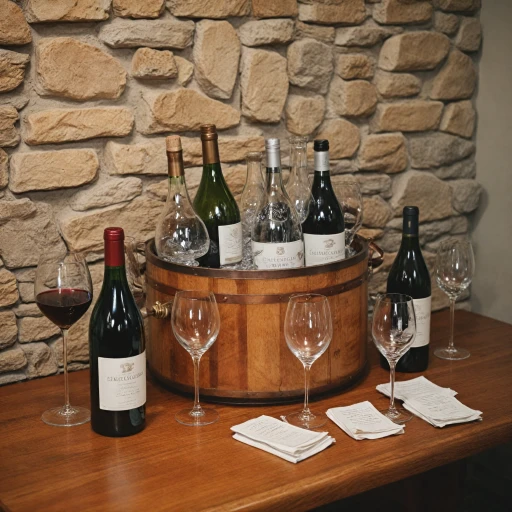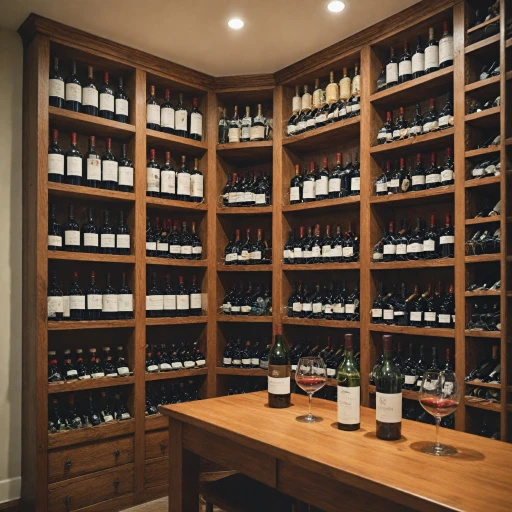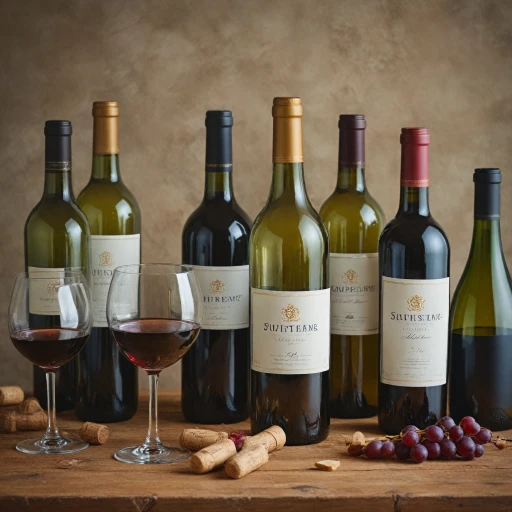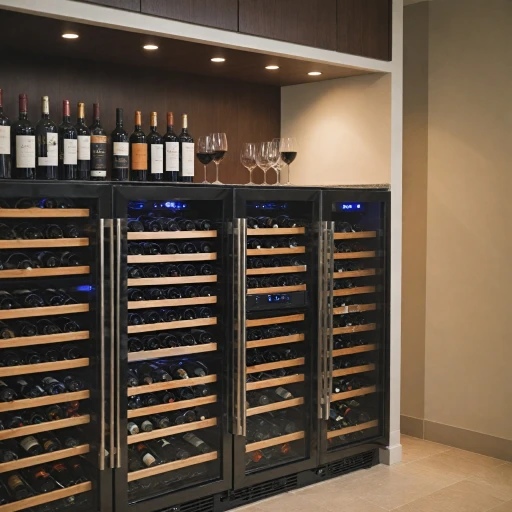
Understanding Wine Storage Basics
The Foundation of Proper Wine Storage
Storing wine may seem straightforward, but it's a finesse art that hinges on various factors, with temperature at the forefront. A wine fridge or cooler plays a pivotal role in preserving the delicate profiles of each bottle. The optimal storage conditions ensure that your white and red wines maintain their intended flavors and aromas over time.
When it comes to maximizing your fridge wine shelf for optimal storage, understanding the fundamental principles is crucial. Temperature inconsistency can result in unplanned chemical reactions within the bottle, potentially spoiling the wine. Ideally, a stable temperature range between 45°F and 65°F (7°C to 18°C) is recommended, with the precise setting tailored to the type of wine you wish to store.
Single-zone or dual-zone fridges offer varied amenities. A single zone fridge is often suitable for enthusiasts with a dominant preference for either red or white wines, as it presents a standard temperature zone for all stored bottles. On the other hand, a dual-zone wine cooler caters to a broader collection, allowing for different temperature settings suitable for both reds and whites.
Lastly, it's vital that the fridge or cooler itself is in a location conducive to maintaining the intended settings. Factors such as external room temperature, fridge placement, and even the frequency of use can influence how well your storage solution performs. To delve further into the ins and outs of finding the best settings for different wine types, a detailed exploration of optimal temperature guidelines can be quite enlightening.
Optimal Temperature for Different Wine Types
The Ideal Temperature for Different Wine Varieties
Finding the best temperature range for storing your wines is crucial for preserving their aroma and flavor. Different wine types have varying optimal storage and serving requirements, and understanding these can elevate your wine refrigerator’s performance.
Red Wines:
Typically, red wines should be stored in the range of 50-65°F. This temperature zone ensures the wine matures gracefully for a balanced taste and texture. When serving, bringing red wine to a slightly warmer temperature can enhance the rich flavors.
White Wines:
White wines benefit from cooler temperatures, ideally around 45-50°F. Maintaining this range helps preserve their crispness and acidity. For serving, they are best enjoyed even more chilled than storage temperature suggests.
Special Varieties:
Sparkling wines and champagne are best kept in the coolest part of your wine fridge, around 40-45°F, to enhance their effervescence. On the other hand, dessert wines, known for their sweetness, appreciate a slightly warmer temperature between 50-57°F.
For more insights on perfect temperature settings for these wine chillers, check this informative guide.
Balancing these temperature demands are simpler with the proper equipment. For flexible wine storage, a dual zone wine cooler can help. These coolers allow separate compartments for both red and white wines, tailoring temperature to each wine’s needs conveniently.
Understanding these nuances refines both your short and long term wine storage strategy, impacting how well your wine’s true character shines when you finally uncork the bottle.
Single-Zone vs. Dual-Zone Wine Fridges
Understanding the Differences in Wine Fridge Temperature Control
When it comes to selecting the best wine storage solution for your collection, understanding the nuances between single zone and dual zone wine fridges is crucial. Each type of fridge has its own set of advantages tailored to different storage needs and wine preferences.
Single zone wine fridges offer a consistent temperature throughout the entire storage area. This makes them suitable for storing wines that have similar temperature requirements. For instance, if you predominantly enjoy red wines, a single zone fridge set within the appropriate temperature range can prove ideal. Likewise, if your preference is to store white wines, maintaining a steady fridge temperature specifically for these lighter wines ensures they are kept at their optimal serving temperature.
On the other hand, dual zone wine fridges provide the flexibility to cater to various types of wine simultaneously. These coolers are equipped with two distinct temperature zones, allowing for separate settings to suit both reds and whites. This flexibility benefits individuals who regularly enjoy a variety of wines, offering the ability to chill white wines while keeping reds at a slightly warmer temperature.
Selecting between these options often depends on the size of your wine collection, your preference in wine types, and how frequently you shift between different wines. Evaluating your needs can help determine whether a single zone or dual zone wine fridge is the right choice for maintaining the desired serving temperature and long-term storage conditions. For more insights on maintaining perfect storage conditions, consider exploring the benefits of a humidity-controlled wine fridge.
Factors Influencing Wine Fridge Temperature
Understanding What Affects Your Wine Storage Temperature
When it comes to storing your wine collection at the perfect temperature, several factors play a crucial role. Whether you're using a single zone or dual zone wine fridge, these factors can impact how well your wines are preserved and served.
Firstly, understanding the ambient room temperature where your wine fridge is placed is essential. If the external environment is too warm, the internal temperature of the fridge may fluctuate more frequently, affecting your wine's optimal storage.
The model and make of your wine refrigerator also matter. Different fridges have varying insulation quality, which can influence how effectively they maintain temperature consistency. Higher-end wine coolers tend to offer superior insulation, reducing temperature swings and maintaining a stable storage zone.
Considering the capacity and bottle arrangement within your wine cooler is another significant factor. Overloading your fridge can hinder air circulation, leading to uneven cooling. Efficient use of space ensures each bottle reaches its ideal serving temperature.
If your wine fridge shares space with other beverages or is used as a freestanding unit, it might be subject to frequent door openings, which can lead to temperature variability. Limit these events to maintain a steady environment inside the cooler.
Lastly, the precise temperature settings you choose should align with your collection. Whether you are storing red, white, or both, setting the correct temperature range for each type ensures your wines develop beautifully over time and are ready for serving when needed.
Tips for Maintaining Consistent Temperature
Keep Your Wine Chilled Right
Maintaining a consistent temperature in your wine cooler is crucial for preserving the integrity and flavor of your cherished bottles. Whether you have a single or dual zone wine refrigerator, ensuring stability in the temperature range is key for proper wine storage. Here are some tips to help you achieve the best results for both white and red wines.
- Check Regularly: Consistently monitor your wine fridge's temperature to ensure it remains within the optimal serving temperature range. Most wine fridges come with a built-in thermometer, but a standalone digital thermometer can provide an extra layer of accuracy.
- Avoid Opening Excessively: Repeatedly opening the wine cooler can impact the wine fridge temperature, causing fluctuations that might affect long term storage. Try to plan your access to mitigate unnecessary openings.
- Consider Placement: The placement of your beverage cooler can influence temperature consistency. Make sure it's positioned away from heat sources such as ovens or direct sunlight to ensure efficient cooling performance.
- Mind the Load: A fuller wine refrigerator tends to maintain temperature better due to thermal mass. However, don't overcrowd the cooler as this can restrict airflow, leading to uneven cooling.
- Regular Maintenance: Clean the filters and condenser coils of your wine fridges to optimize performance. Ensure vents are unobstructed to maintain airflow within the fridge.
Implementing these practices in your single or dual zone wine coolers will contribute significantly to maintaining the ideal storage conditions for your wine collection, whether it's for short term enjoyment or long term aging. With the right care, you can keep your wines in top conditions, offering the best serving experience every time.
Troubleshooting Common Temperature Issues
Overcoming Temperature Challenges in Wine Storage
When it comes to maintaining the perfect temperature in your wine cooler, it's crucial to be aware of some common issues that could arise. Factors from the initial setup to the everyday usage of wine fridges can occasionally lead to temperature inconsistencies. Here are some troubleshooting steps to ensure your wine cooler provides the best storage conditions:- Incorrect Installation: Verify that your wine fridge is installed in an optimal location. Freestanding models should be placed in areas with sufficient ventilation, away from direct sunlight or heat sources, which can disrupt the temperature range.
- Temperature Fluctuations: Check if your wine refrigerator is positioned on a stable surface to avoid vibrations which can affect both the storage conditions and the wine itself. Also, ensure the door seals are intact to maintain the desired fridge temperature.
- Overloading the Cooler: Overloading can restrict airflow and cause temperature variation. It's essential to arrange bottles properly and not exceed the recommended capacity. For dual zone fridges, separating red and white wines per their serving temperature can optimize performance.
- Malfunctioning Thermostat: If inconsistency persists, the thermostat may be faulty. Consulting the manufacturer’s service guide or contacting a professional can help diagnose and fix the problem, ensuring your wine storage continues to protect your collection.
- Power Supply Issues: Occasionally, an unstable power supply can affect the cooling system. Ensuring that your wine fridge is connected to a consistent power source can alleviate temperature fluctuation problems.
